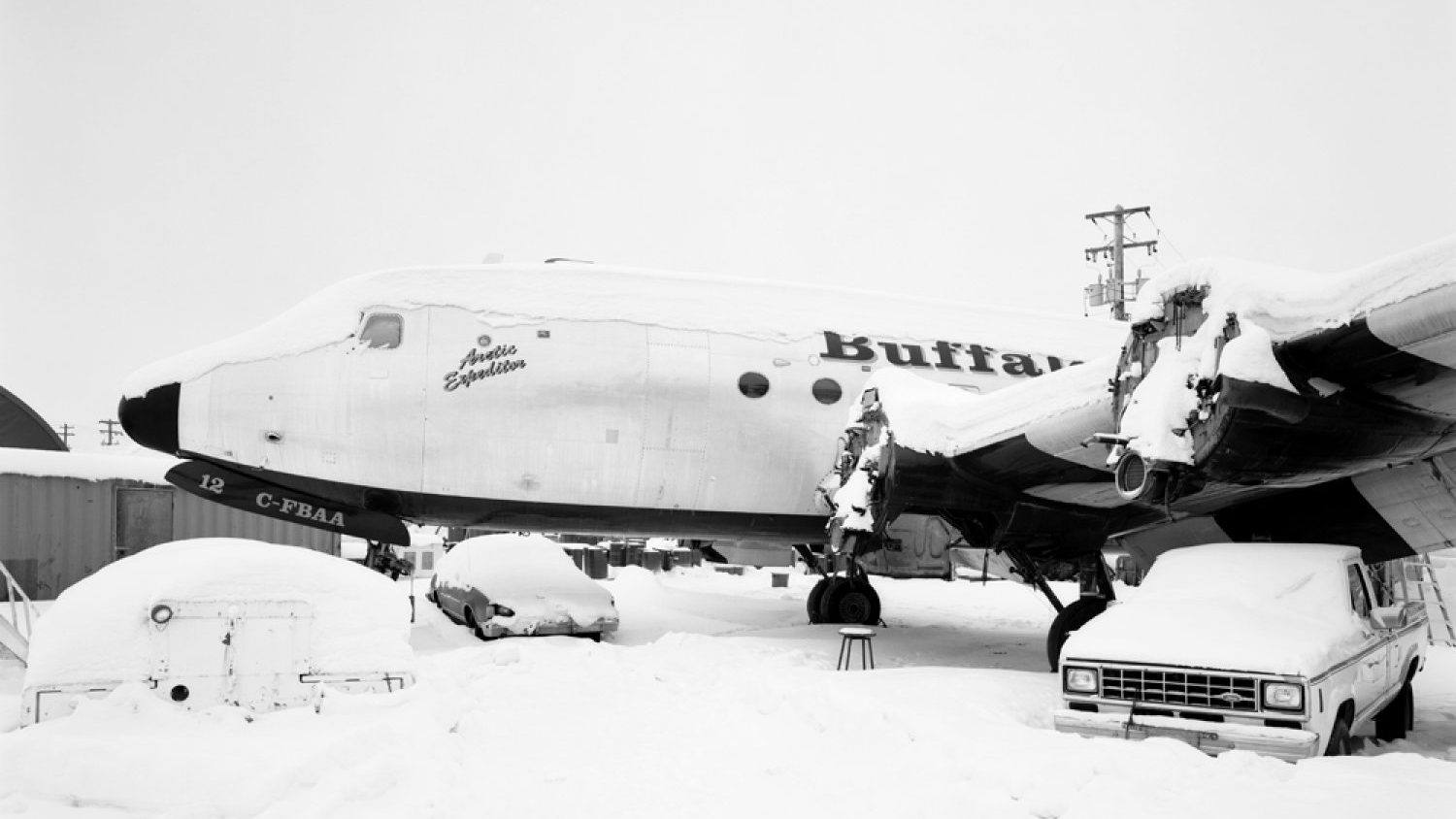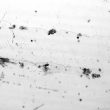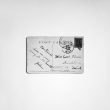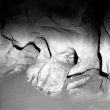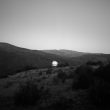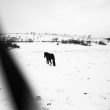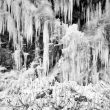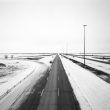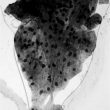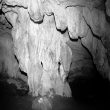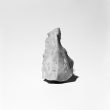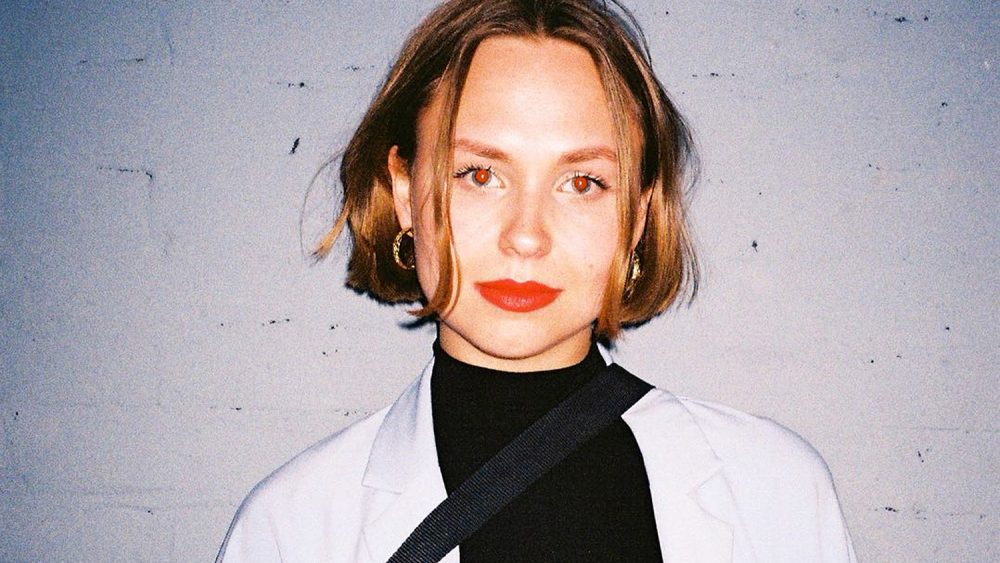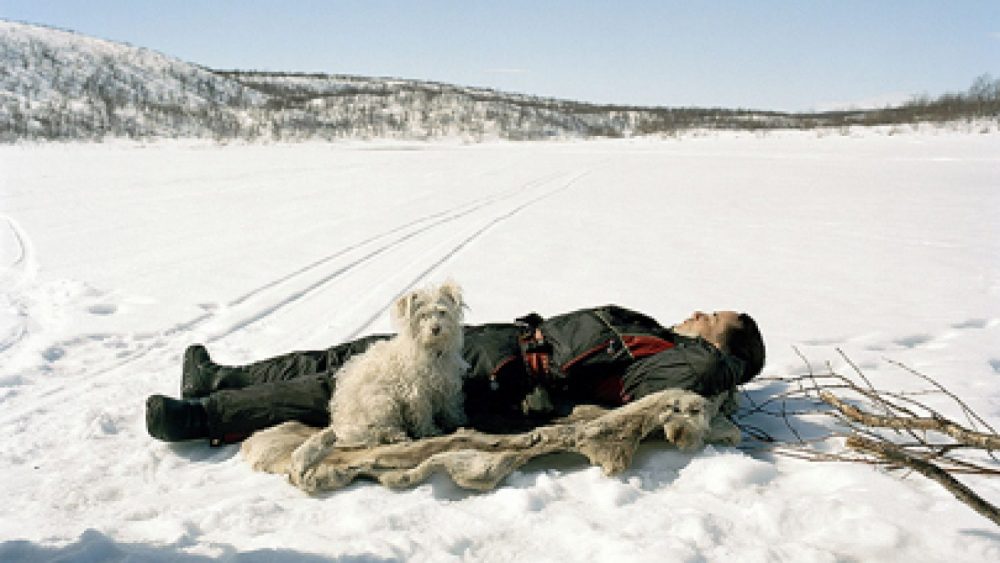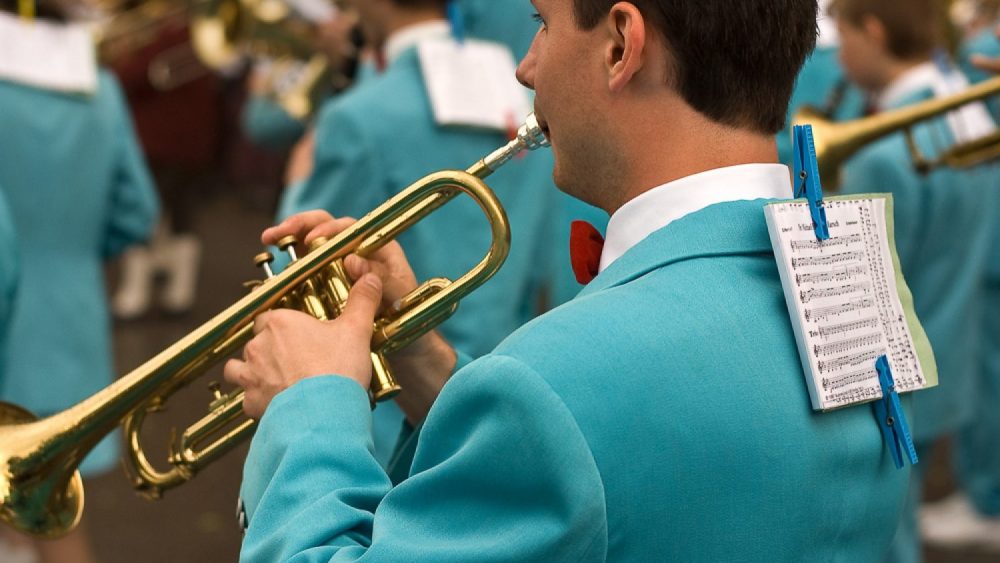Aleix Plademunt
Catalonian photographer Aleix Plademunt (1980) is most known for his book Almost There, published last year by Mack. The project started with a postcard, written in 1909, that never reached its destination, instead entering the possession of Plademunt 101 years later. Almost There reflects on travel as a process that changes us instead of being just a tool to reach the destination. It follows in the steps of a classic roadtrip documentary and mixes it up by taking the distance to its far extremes, varying between images of blood cells and distant galaxies. Almost There is a subtle, but charged combination of empty natural and urban landscapes, interiors, space and quasi-scientifically pictured objects on white background; almost free of human presence.
After studying Technical Engineering for two years, Plademunt switched to Photography at the Polytechnic University of Catalonia. He is the recipient of many awards including a scholarship to study at the Universidad de las Americas, and the Fotopress09 Scholarship to create the project DubaiLand. Since 2003, he has exhibited his work in museums, festivals, galleries and art fairs in Barcelona, Madrid, Paris, London, Brussels, Amsterdam, Lisbon, Basel, New York, Miami, Chicago, Washington, Mexico and Caracas. In 2011, together with the photographers Roger Guaus and Juan Diego Valera, he founded an editorial project Ca l’Isidret to publish their own work.
Could you talk more about your project Almost There? The narrative it carries seems much looser than in your previous work.
Working on Almost There I was very interested in situations where it seems that something might be about to happen or has just happened, but in fact there isn’t any certainty about it. It could easily never happen. I’m interested in the tension that our subconscious generates by the use of photographic language. Photographs may adopt new meanings depending on the series or context where we put them. In photography not everything is false or true. Everything is relative and this is the strength of the medium. Nobody would say that single words are true or false. A word creates meaning depending on the word that follows. I personally think that photography works similarly.
I decided not to print any title on the cover, nor to add any prologue or information, because I want the reader to participate actively in reading the book. I want him or her to create their own meanings out of it, to extract their own conclusions. Those who arrive at the end of the book and are still interested, will have to find the hidden page with clues that might help to discover my own intentions, links and nexuses between the images. That way I propose a second reading that can be totally different from the first one.
All your previous projects are in colour. Why did you switch to black and white?
Well, that wasn’t a decision. I was working with some material that demanded to be in black and white. Almost There uses the concept of distance to talk about some more complicated ideas. I think that everything is relative. Distance, emotions, time. Through the book I just want to express that things do not have a single answer. That there isn’t a one and only rule how to read things. The last picture of the book is a landscape with a straight horizon. Sky is white. Ground is black. And the book actually explores the variations of grey: multiple layers to describe things.
Today we live in a context where everything has to be just one way or another, following standardized points of view defined by someone else. The project works in the opposite direction.
Almost There is constituted by a variety of photographs – landscapes, objects, interiors, images of blood cells and space. When you started to work on the project – did you have in mind how it would look in the end, what kind of images you needed?
Almost There is a result of a measurement that measures what cannot be measured. And it does so knowing in advance that this impossibility is part of it. As I said, I support the idea that there are no absolute answers. I tried to present all of these ideas through the concept of distance. Emotional distance. Physical distance. Temporal distance. And even photographic distance.
I photographed my red blood cells, trying to photograph something very, very close to me. Inside me. After photographing Andromeda, which is located 2,5 million light years away (but at the same time it is one of the closest galaxies to the Milky Way), I wanted to photograph something closer and smaller. But the cells are not the smallest and closest things to me. There always exists an impossibility to measure, to arrive to (as the postcard).
So every photo or concept brings me to another photo. It is all about the main idea of the project, not about a single image.
How long do you usually spend working on a project?
It always depends on what the project needs and on how far and deep I want to go with it. I spent four years working on Almost There. This year I made a small project with my friend Antonio M. Xoubanova called Gigante. We made new material for an exhibition. We spent some months working on it. The project works as an introduction to some ideas and concepts. It works very well in that way.
What are you working on now?
For the last year I have been doing some new work. The same as with Almost There, I know that I will need to spend “years” working on it. I’m trying to approach the subject from many angles and layers. There are many places and subjects I’d like to photograph, so I need a lot of time and / or a lot of money to do it. For now I have the time.
